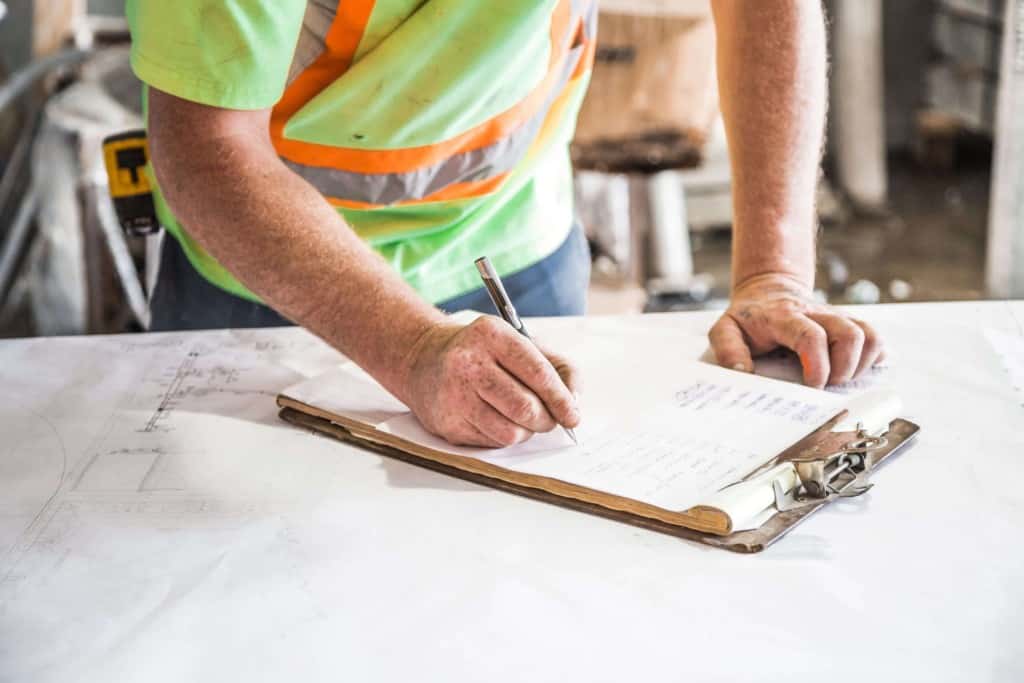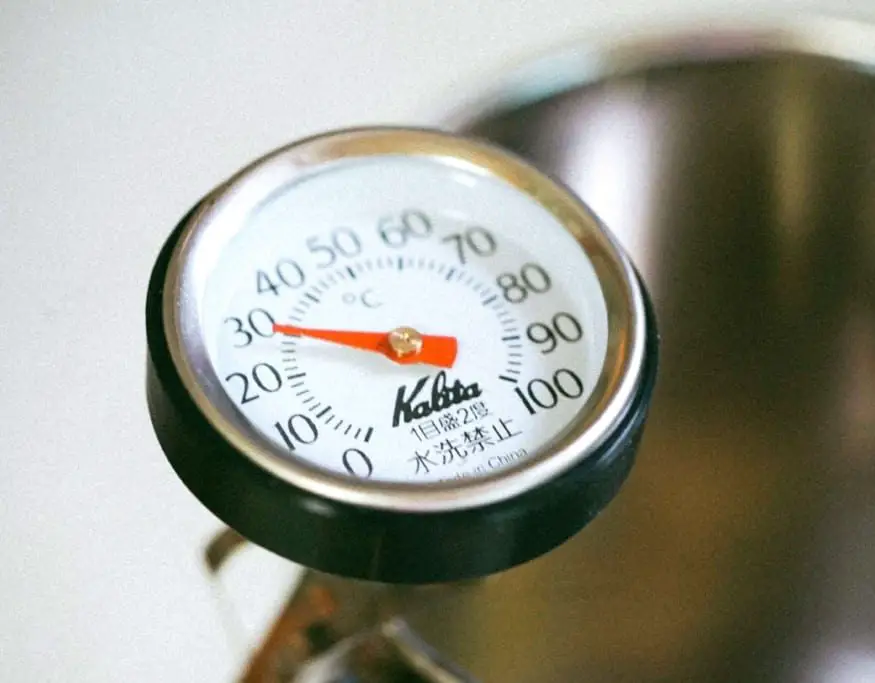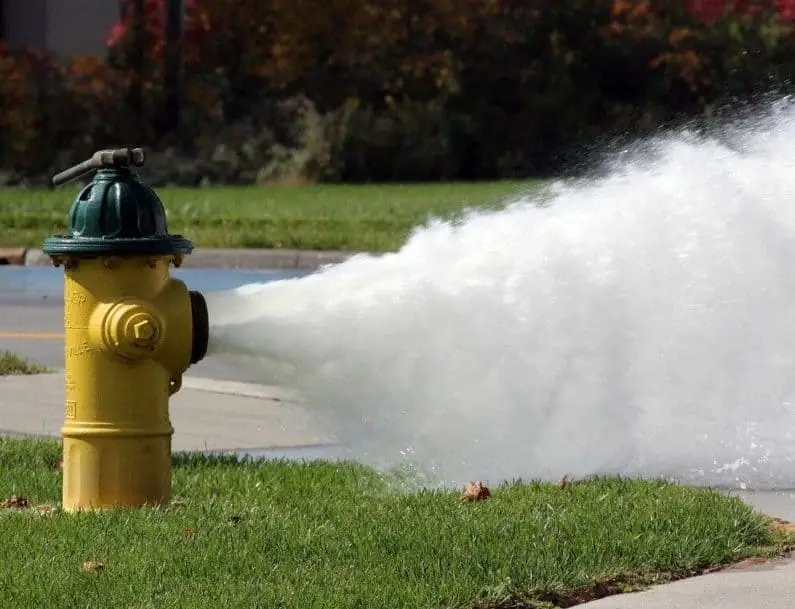
I know I take a good shower for granted. But as one who showers regularly, it’s definitely hard to ignore when a problem comes up. If you’re currently experiencing a problem and wondering why water is not coming out of your shower head properly, it can mean a few things.
Water not coming out of a shower head properly can mean that there’s a clogged shower head, a problem with the shower head attachment to the shower arm, valves are shut off to the main water supply, or a more serious issue with the pipes.
There are a number of ways to diagnose why water is not coming out of your shower head the way it should be, and it really depends on your exact problem. Let’s take a look at specific water and shower head problems and ways you can potentially fix it without necessarily having to call a plumber.
Table of Contents
Diagnosing Your Shower Head Issue

Just as a doctor can’t diagnose an illness if they don’t know the symptoms, it’d be very hard to solve your shower head problem without first knowing the details.
As a result, we’ve broken things down into 3 different scenarios that you might be experiencing with your shower head, along with some possible causes and solutions. Let’s get started with scenario #1.
Shower Pressure Too Low/No Water Coming Out of Showerhead

If you find significantly lower shower pressure than you’re used to, barely any water coming out of your shower head, or none at all, here are some of the most common reasons why that might be happening:
Possible Causes and Solutions
Clogged Shower Head
Over time, mineral build-up in your shower head can cause it to block water flow.
To fix this problem, clean your shower head. You can do this with white vinegar or you can follow my tutorial to clean your showerhead without vinegar.
Old Shower Head
If cleaning doesn’t fix the problem, it could be that your shower head is old and needs to be replaced.
It may be a bit much for those who never think about it, but it is recommended that shower heads be replaced every 6 to 8 months.
To fix this problem, get a new showerhead at your local hardware store or online. If this is your first time doing so, be sure to read about these tips for shower head fit.
Faulty Shower Water Diverter Valve
If you have lower shower pressure and see that there’s water coming out of your tub faucet when your shower is on, this is probably the shower diverter valve.
This is the mechanism inside your tub spout that directs (or “diverts”) the water running through your tub’s faucet to your shower head. To fix this problem, replace your shower diverter.
Before you do, also check to see if there’s anything in your faucet blocking the diverter or if the washer in your diverter is bent or broken. It could be that you only need to replace that part rather than the whole shower diverter valve.
Here’s a great video on how to replace your shower diverter.
Sediment Buildup in Water Heater
Now if you find that you only have low shower pressure when using hot water, this could stem from a calcium deposit buildup in your hot water heater.
To fix the problem, get a plumber to flush your hot water heater. Draining the tank should clear it of any mineral buildup or calcium deposits.
Main Water Shut-off Valve Off
Water may not be coming out of the shower head, but if it’s also not coming out of your kitchen sink or anywhere else in your home, it could be that the valve to your main water supply was shut off.
To fix this problem, locate and check the main shut-off valve in your home. If you are not able to locate it, call a plumber to do the job.
Shower Head is Dripping or Leaking

This can be annoying, especially if your shower head is dripping when the faucet’s not on, and you’re trying to sleep. It’s not only annoying, but it can cause a spike in your water bill which no one wants.
Possible Causes and Solutions
Clogged Showerhead
It may sound counterintuitive, but a shower head can leak water when it’s clogged. When the holes of the shower head are clogged with mineral deposits, the flow of water through the shower head will find its way through other openings, such as the face plate.
To fix this problem, clean your shower head. It’s possible to clean your shower head with common household items.
Shower Head Not Completely Sealed
Water leaking from the place where your shower head meets your shower arm while the water is running might mean that the shower head is not completely sealed.
To fix the problem, remove your shower head from its shower arm, and wrap Teflon tape clockwise 2-3 times around the shower arm. Your shower head may come with a washer on the end. If it does, check to see if that is worn out and needs to be replaced.
Shower Head Not Compatible With Shower Arm
Compatibility might be the problem if you recently got a new shower head and it started leaking where the shower head is connected with the shower arm.
While there are standard thread sizes for shower heads, an older model of showerhead may not adhere to that standard. If you found yourself forcing your new showerhead onto the arm, it could be that the threads on your shower head are not compatible with the threads on your shower arm.
To fix the problem, replace your shower head with one that properly fits your shower arm. To be sure you have the correct showerhead fit, read about it here.
Shower Head Design
Some larger shower heads, especially rainfall shower heads, hold a lot of water. Once running water is shut off, some of it remains in the shower head due to surface tension.
When enough air goes through the holes of the shower head, that water may start dripping, or even pouring if there’s a lot of it.
To fix the problem, tilt your shower head down and tap it after you shower. This should get a lot of water out, but if the dripping still annoys you, consider getting a different showerhead.
Shower Faucet Valve
If none of the above things are the problem, it could mean that calcium deposits have worn out some of the seals in your shower faucet valve, not the shower head itself.
If you think you have a faulty shower valve, remove your shower faucet and replace it with the appropriate parts. You’ll have to turn off your main water supply before you do this. Be sure to take the parts with you to the store to make sure you get the right replacements.
Shower Water Pressure is too High

While most people have problems with low pressure, having too high of shower pressure can be painful and can potentially indicate problems within your home’s plumbing.
Possible Causes and Solutions
Shower Head Setting
Many shower heads have multiple settings that can be adjusted to get the spray pattern you want. If you share a bathroom, it could be that someone changed the shower head setting and left it.
To fix the problem, find and adjust the shower head spray setting. Every shower head is designed differently, but there should be a visible knob right on the side of your shower head or you’ll turn the ring around the bottom of your shower head.
Home Water Pressure
If the water is spraying down hard in not only your shower but in sink faucets elsewhere in your home, this could be a problem with your entire home’s water pressure.
As a reference, the water pressure in your home should not be above 80 psi (pounds per square inch). Having too high of water pressure could damage your water lines.
To fix it, call a professional plumber to adjust or replace your water pressure regulator. Water pressure regulators are used to control and lower the water pressure coming into your home.
Related Questions
Can a Clogged Showerhead Cause a Leak?
A shower head can leak water when the holes of the shower head are clogged with mineral deposits. With nowhere to go, water flowing through a shower head will find its way through other crevices, such as the face plate, causing it to leak.
Why Does Water Come Out of the Faucet When the Shower is On?
Water coming out of both the bathtub faucet and shower head while the shower is running indicates a problem with the shower diverter valve. This could be due to calcium buildup that needs to be cleaned or worn-out parts that need to be replaced.

